A pediatric central line, also known as a central venous catheter (CVC), is a specialized medical device inserted into a large vein in children to facilitate long-term intravenous (IV) therapy. It is used to administer medications, fluids, nutrients, and blood products, as well as for blood sampling without repeated needle sticks.
Central lines are typically placed in major veins such as the internal jugular, subclavian, or femoral veins, with the catheter tip positioned near the heart for efficient delivery of treatments. They are commonly used in critically ill patients, those undergoing chemotherapy, total parenteral nutrition (TPN), or long-term antibiotic therapy.
There are different types of pediatric central lines, including peripherally inserted central catheters (PICC lines), tunneled catheters (e.g., Hickman or Broviac lines), and implanted ports (e.g., port-a-caths). These catheters vary in design based on the child’s medical needs and treatment duration.
To prevent infections and complications, central lines require careful handling, regular flushing, and sterile dressing changes. They play a vital role in pediatric intensive care units (PICUs), oncology, and long-term pediatric care, improving comfort and reducing the need for frequent IV insertions.
Applications of a Pediatric Central Line
- Long-Term Medication Administration – Used for chemotherapy, antibiotics, and other prolonged IV treatments.
- Total Parenteral Nutrition (TPN) – Provides essential nutrients to children who cannot eat or absorb food normally.
- Fluid and Blood Product Infusion – Ensures efficient delivery of blood transfusions, fluids, and electrolytes.
- Frequent Blood Sampling – Reduces the need for repeated needle pricks, making blood draws easier for children.
- Critical Care and Intensive Monitoring – Used in pediatric ICU settings for continuous medication and fluid management.
- Dialysis or Plasma Exchange – Assists in cases requiring renal replacement therapy.
- Stem Cell or Bone Marrow Transplants – Facilitates the infusion of stem cells during transplantation procedures.
Pediatric central lines are essential in managing serious medical conditions, improving the quality of care, and reducing procedural discomfort for young patients.
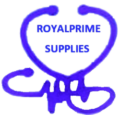
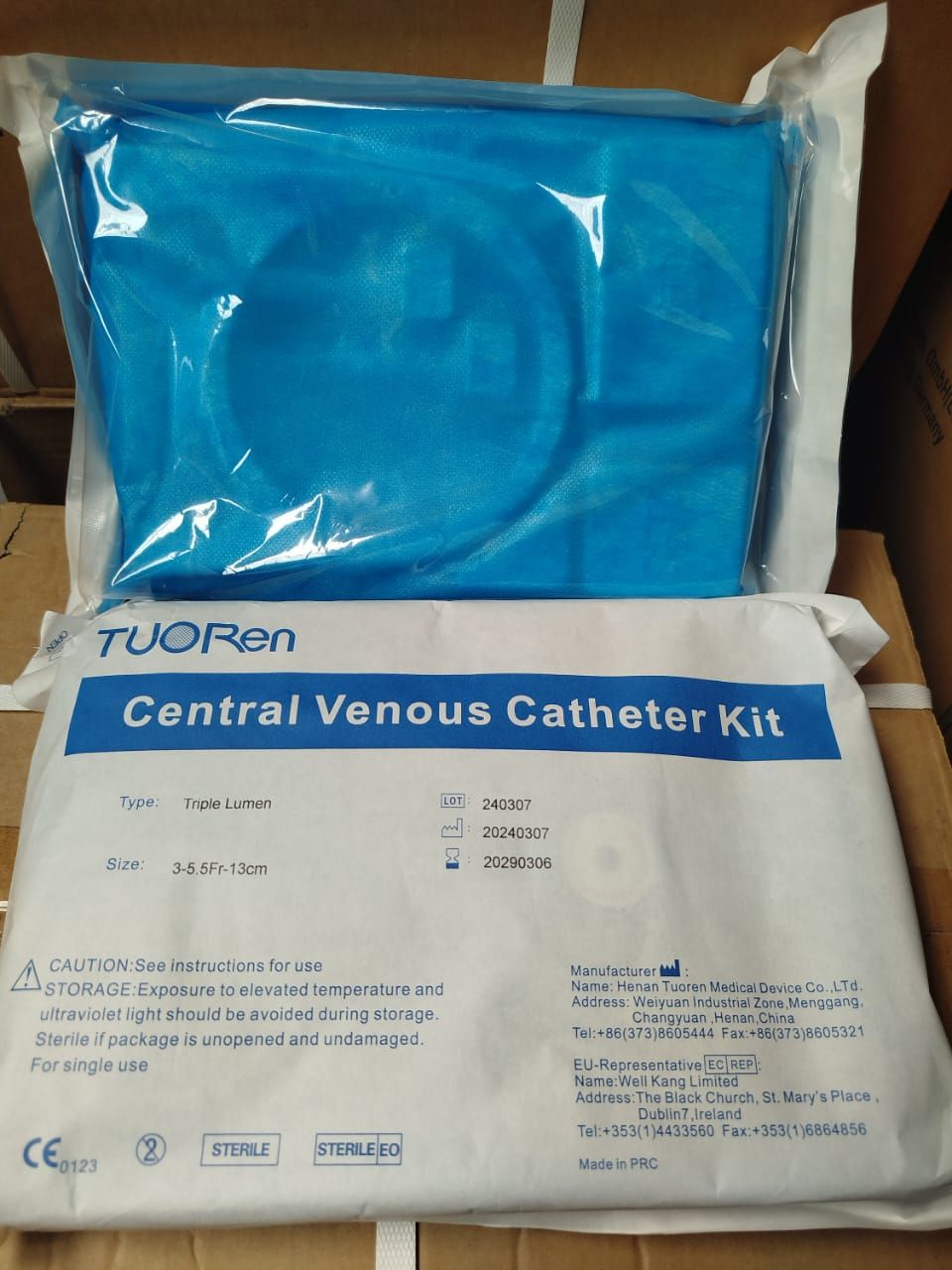

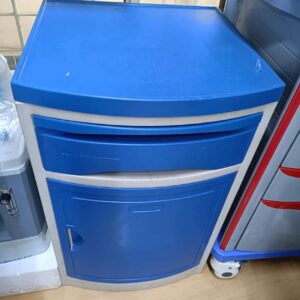
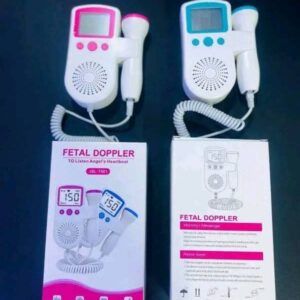
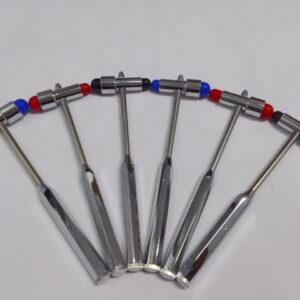
Reviews
There are no reviews yet.